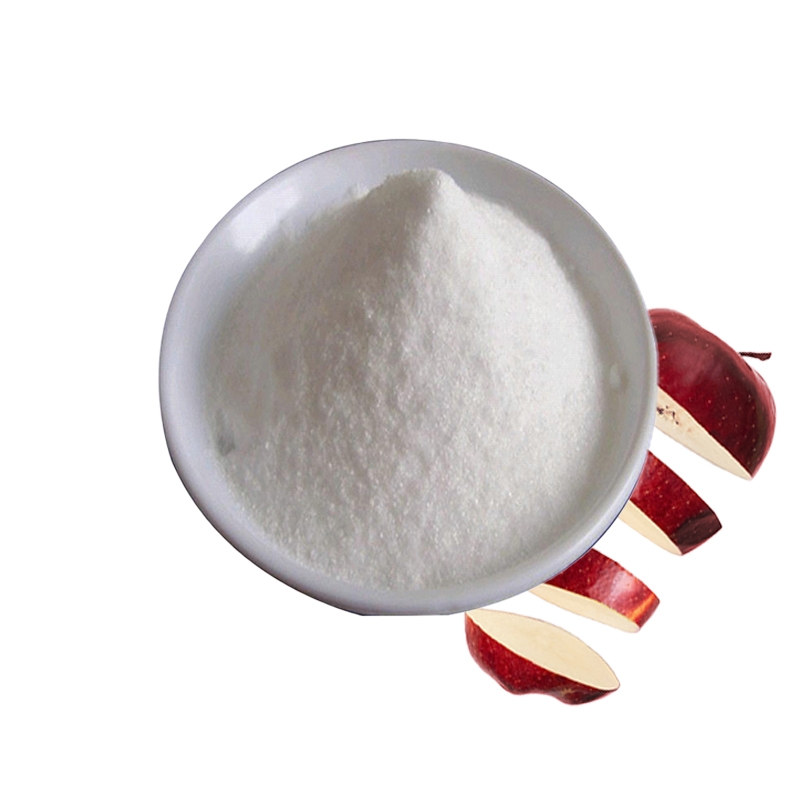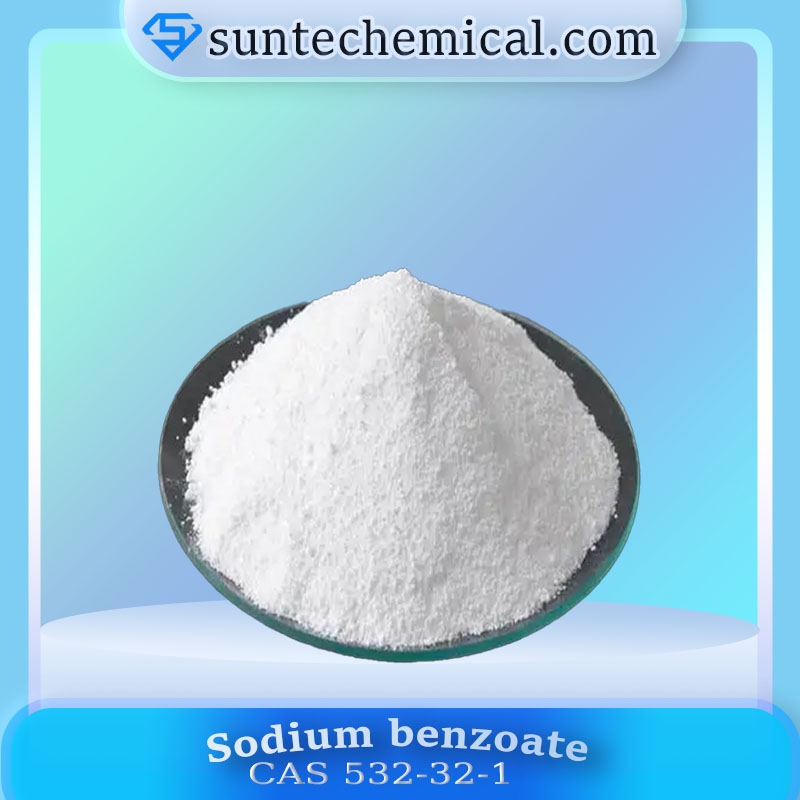-
Categories
-
Pharmaceutical Intermediates
-
Active Pharmaceutical Ingredients
-
Food Additives
- Industrial Coatings
- Agrochemicals
- Dyes and Pigments
- Surfactant
- Flavors and Fragrances
- Chemical Reagents
- Catalyst and Auxiliary
- Natural Products
- Inorganic Chemistry
-
Organic Chemistry
-
Biochemical Engineering
- Analytical Chemistry
-
Cosmetic Ingredient
- Water Treatment Chemical
-
Pharmaceutical Intermediates
Promotion
ECHEMI Mall
Wholesale
Weekly Price
Exhibition
News
-
Trade Service
Raw seafood is extremely popular because it can make people addicted, even to the point of addiction
.
Seafood in coastal areas also has the saying that
"fried is not as good as frying, frying is not as good as steaming, steaming is not as good as shabu, shabu is not as good as raw".
In fact, raw seafood is delicious, but there are safety risks, such a delicious preparation method is simple, its cooking method, almost omitting all the "troublesome" steps of conventional cooking, but only adding simple onions, ginger, garlic, peppers, fish sauce, etc.
, which can be described as a high
risk index for infecting microorganisms that may exist in food.
Seafood cooking chili fish sauce food microorganisms.
Seafood in coastal areas also has the saying that
"fried is not as good as frying, frying is not as good as steaming, steaming is not as good as shabu, shabu is not as good as raw".
In fact, raw seafood is delicious, but there are safety risks, such a delicious preparation method is simple, its cooking method, almost omitting all the "troublesome" steps of conventional cooking, but only adding simple onions, ginger, garlic, peppers, fish sauce, etc.
, which can be described as a high
risk index for infecting microorganisms that may exist in food.
For seafood whose source cannot be confirmed to be safe, especially various aquatic products, while they have their own food safety hazards, microbial contamination may also occur during processing or storage and be infected
by the human body.
In addition to the common Escherichia coli, Salmonella, parasites, hepatitis A virus, etc.
, Campylobacter jejuni is also a pathogenic bacterium
that is prone to contamination in aquatic products and fresh raw meat.
by the human body.
In addition to the common Escherichia coli, Salmonella, parasites, hepatitis A virus, etc.
, Campylobacter jejuni is also a pathogenic bacterium
that is prone to contamination in aquatic products and fresh raw meat.
Campylobacteriosis of the jejuni
Campylobacteriosis of the jejuni Campylobacter jejuni is widely distributed in animals and is an important intestinal pathogen
.
An important source of food contamination with Campylobacter jejuni is animal faeces, followed by healthy carriers
.
In addition, utensils that have been infected with Campylobacter jejuni can also lead to cross-infection
if they are not thoroughly sterilized and sterilized.
The main clinical symptoms of patients after Campylobacter jejuni infection are abdominal pain, diarrhea, headache, fever and other symptoms
of gastroenteritis.
Most patients recover spontaneously within a week, but those with weakened immunity, underlying disease, and severe infection can develop bloody stools and more serious consequences
.
.
An important source of food contamination with Campylobacter jejuni is animal faeces, followed by healthy carriers
.
In addition, utensils that have been infected with Campylobacter jejuni can also lead to cross-infection
if they are not thoroughly sterilized and sterilized.
The main clinical symptoms of patients after Campylobacter jejuni infection are abdominal pain, diarrhea, headache, fever and other symptoms
of gastroenteritis.
Most patients recover spontaneously within a week, but those with weakened immunity, underlying disease, and severe infection can develop bloody stools and more serious consequences
.
Is Campylobacteriosis of the jejunum common?
Is Campylobacteriosis of the jejunum common? Campylobacter jejuni infection is one of the common foodborne pathogens causing intestinal diarrhea and is the main disease
of summer and autumn diarrhea and traveler's diarrhea.
Its source of infection mainly comes from patients and carriers, and the transmission route is mainly contaminated water and food, and the population is generally susceptible
.
of summer and autumn diarrhea and traveler's diarrhea.
Its source of infection mainly comes from patients and carriers, and the transmission route is mainly contaminated water and food, and the population is generally susceptible
.
Serious complications of Campylobacter jejuniosis
Serious complications of Campylobacter jejuniosis Campylobacter jejuni infection may cause a serious complication - Guillain-Barré Syndrome (GBS), which is a common disease causing acute neuromuscular paralysis, the main symptoms are limb symmetry motor neuron paralysis, paresthesias, facial nerve paralysis, etc.
, is a kind of
acute retardation paralysis.
The disability rate is 7-15%, the mortality rate is 3% to 10%, and the burden of disease is serious
.
Campylobacter jejuni infection is generally considered to be an important precursor infection
leading to GBS.
, is a kind of
acute retardation paralysis.
The disability rate is 7-15%, the mortality rate is 3% to 10%, and the burden of disease is serious
.
Campylobacter jejuni infection is generally considered to be an important precursor infection
leading to GBS.
Can all Campylobacter jejuni strains cause GBS?
Can all Campylobacter jejuni strains cause GBS? The probability of Campylobacter jejuni infection causing GBS is not very high, about 1/1000, but the probability of producing GBS is greatly increased by infecting a strain of specific bacterial type that can cause GBS, which can be increased to 1/100
.
.
How is Campylobacteriosis jejuni infected?
How is Campylobacteriosis jejuni infected? The human body is mainly infected
by the fecal-oral pathway.
Spread
through contaminated food, water.
It can also be transmitted through direct contact with insects, animals, etc.
, but mainly by the spread of food and water
.
by the fecal-oral pathway.
Spread
through contaminated food, water.
It can also be transmitted through direct contact with insects, animals, etc.
, but mainly by the spread of food and water
.
How can I prevent Campylobacter jejuniosis?
How can I prevent Campylobacter jejuniosis? Like other intestinal infectious diseases, Campylobacter jejunal disease has the following prevention and treatment measures for individuals:
1.
Management of the source of infection
Management of the source of infection
An important source of infection for jinge-curvature disease is infected people and animals, so the carryover of animals should be controlled, and the feces of carriers should be disinfected to prevent water and food contamination
.
.
2.
Cut off the route of transmission
Cut off the route of transmission
Campylobacteriosis jejuni is an important foodborne infectious disease, so it is necessary to do a good job in the protection of food and water sources, especially for meat food should be deeply processed to cut off the spread
of pathogens.
It is necessary to stop the "disease from the mouth" and not eat raw and semi-raw meat foods; Thorough sterilization of milk; Do not drink raw water that has not been hygienically treated; Do not eat raw and cold vegetables, diet; Do not eat unclean melon fruits; Do not eat leftovers that are not sufficiently heated
.
of pathogens.
It is necessary to stop the "disease from the mouth" and not eat raw and semi-raw meat foods; Thorough sterilization of milk; Do not drink raw water that has not been hygienically treated; Do not eat raw and cold vegetables, diet; Do not eat unclean melon fruits; Do not eat leftovers that are not sufficiently heated
.
3.
Protect susceptible people
Protect susceptible people
Develop good personal hygiene habits, pay attention to personal hygiene, and develop good habits of washing hands before meals and after going to
the toilet.
Strengthen physical exercise, enhance physical fitness, and improve the body's ability to
resist diseases.
the toilet.
Strengthen physical exercise, enhance physical fitness, and improve the body's ability to
resist diseases.







